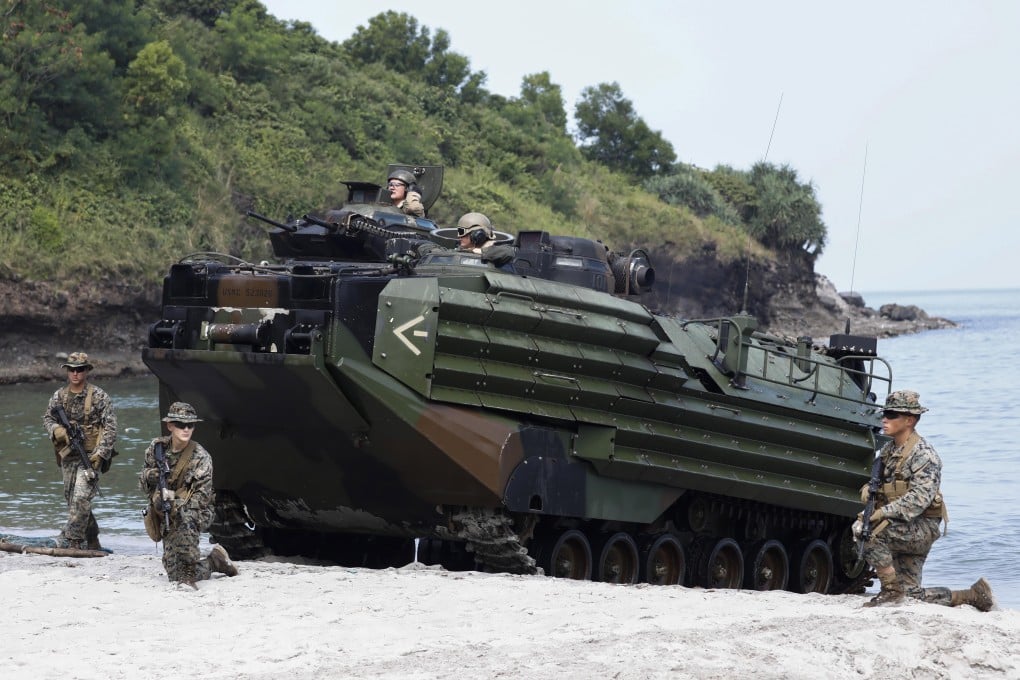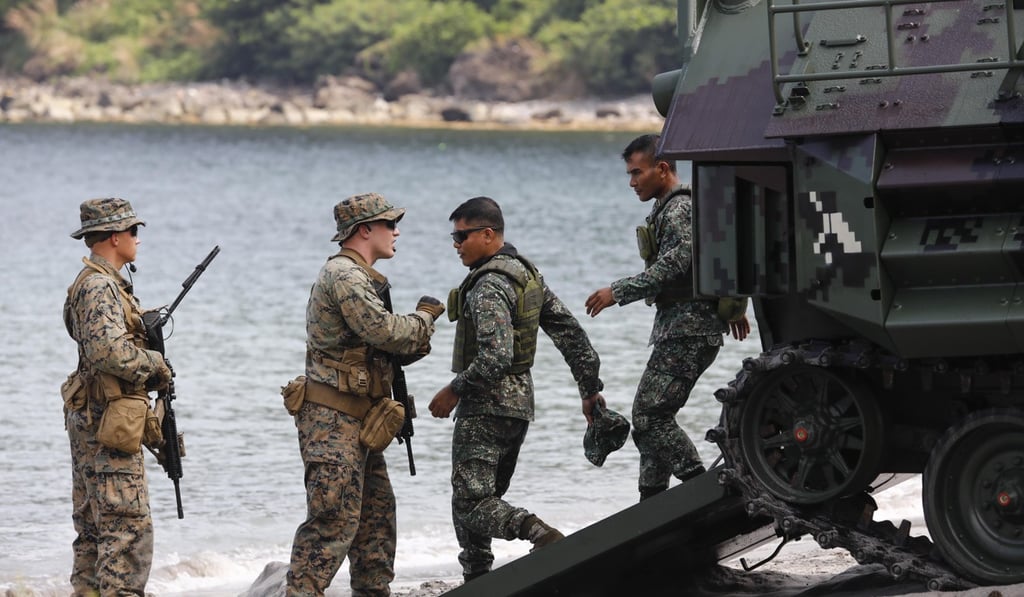Opinion | Why the Philippine-US Kamandag war games are a balancing act for Duterte
- Over 2,400 troops from the Philippines, US and Japan are currently taking part in an annual military exercise
- But after his recent visits to China and Russia, Philippine President Rodrigo Duterte must balance commitments to the country’s traditional ally without upsetting new partners

The exercises demonstrate how the 68-year old alliance between the US and the Philippines can weather challenges in bilateral relations and respond to a changing security environment. For Washington, the exercises support a renewed focus on the Indo-Pacific, where its long-standing influence is increasingly being challenged by a resurgent China. For Manila, the exercises are an opportunity to sustain engagement with a traditional ally as it diversifies its foreign policy.

Joint exercises include counterterrorism, amphibious and aviation operations, live-fire training and urban combat. For the first time, there will be low-altitude air defence and threat reaction training.
Manila last month acquired eight amphibious armoured vehicles from South Korea in a move to strengthen its amphibious capabilities, and the exercises provide a good opportunity to put these to the test.
